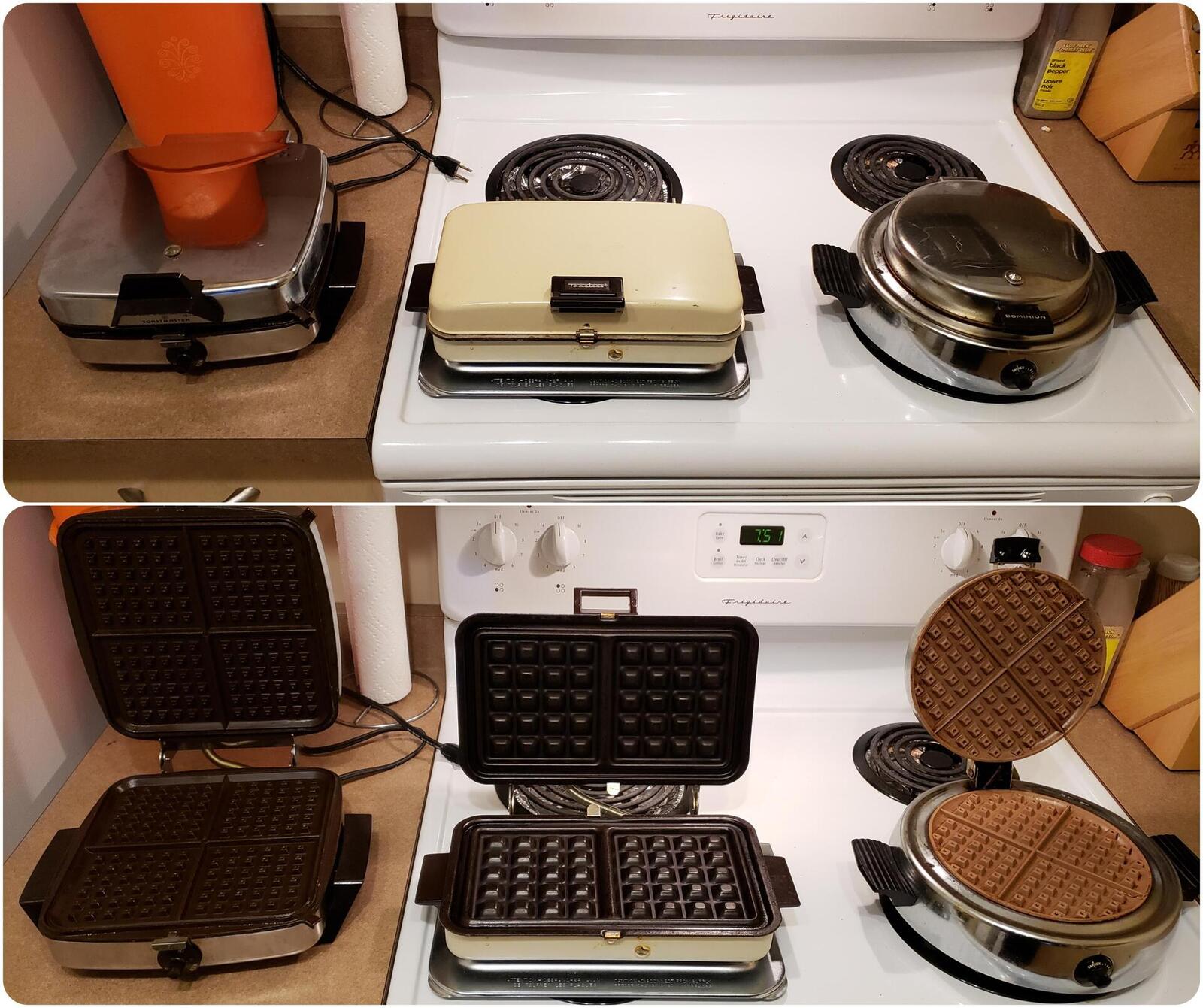

Articles
Who Invented The Waffle Iron?
Modified: February 29, 2024
Discover the fascinating history of waffle irons and the inventors behind them. Read our informative articles on the origins of this beloved breakfast appliance.
(Many of the links in this article redirect to a specific reviewed product. Your purchase of these products through affiliate links helps to generate commission for Storables.com, at no extra cost. Learn more)
Introduction
Waffles are a beloved breakfast staple enjoyed by people all over the world. The crispy exterior, fluffy interior, and endless topping possibilities make waffles a true delight. But have you ever wondered who invented the waffle iron, the essential tool needed to create these delectable treats? In this article, we will delve into the history of waffles and explore the origins of the waffle iron.
Waffles have a long and fascinating history dating back thousands of years. The ancient Greeks cooked flat cakes called “obelios” between two metal plates over an open fire. These early precursors to waffles were not as elaborate as the ones we enjoy today, but they set the stage for the development of this beloved breakfast food.
Over time, waffles evolved and spread across Europe, particularly in Belgium and the Netherlands. These regions became known for their unique and delicious waffle recipes. However, the tools used to cook these waffles were still primitive, far from the convenient and efficient waffle irons we have today.
Early waffle irons were crafted from metal plates with long handles, similar to today’s panini presses. These irons were heated over a fire or stove and required constant attention to ensure even cooking. Although they were effective, they lacked the ease and convenience that we now associate with modern waffle irons.
Key Takeaways:
- The waffle iron has a rich history, evolving from ancient Greek flat cakes to the ornate French waffle irons of the 14th century, and finally to the modern electric waffle makers, revolutionizing the way we enjoy waffles today.
- Notable figures like Thomas Jefferson and numerous inventors have played significant roles in popularizing and innovating the waffle iron, leading to advancements such as non-stick coatings, adjustable temperature controls, and smart features, shaping the modern waffle-making experience.
Read more: Who Invented The Ironing Board?
Early Forms of Waffle Irons
The first true waffle iron, as we know it today, was invented in the 14th century by a blacksmith in France. This early version of the waffle iron featured two metal plates hinged together with a long handle. The plates were embossed with intricate designs, such as crests or religious symbols, which would be imprinted onto the waffle while cooking. These waffle irons were often ornate and considered a status symbol among affluent families.
As waffles gained popularity, especially during the Renaissance, waffle irons became more widely available. However, they were still quite heavy and required a significant amount of effort to operate. The waffle irons had to be flipped over to cook both sides evenly, and the plates needed to be greased to prevent the batter from sticking.
The Iron Waffle Maker
In the late 19th century, the waffle iron underwent a significant transformation with the invention of the electric waffle iron. The Iron Waffle Maker, patented in 1911 by General Electric, was the first electric waffle iron to hit the market. This innovation revolutionized the way waffles were made, making it easier and more convenient for home cooks to enjoy this beloved breakfast treat.
The Iron Waffle Maker featured two heating elements that evenly cooked the waffle batter between the plates. The electric version eliminated the need for constant monitoring and flipping, allowing for effortless and consistent waffle production.
Early Origins of Waffles
Waffles have a rich history that can be traced back centuries to ancient civilizations. The exact origins of waffles are somewhat mysterious, as they were likely developed independently in different parts of the world. However, evidence suggests that waffles first emerged in ancient Greece.
During the classical period, the Greeks were known to cook flat cakes called “obelios” between two metal plates. These plates resembled modern-day waffle irons and were placed over an open fire to cook the batter. While the obelios were not as intricate or fluffy as the waffles we enjoy today, they laid the foundation for the development of this delectable breakfast food.
Waffle-like recipes also appeared in other ancient civilizations. In ancient Rome, a similar dish known as “ocus” or “hostia” was prepared. It consisted of a mixture of flour, cheese, honey, and spices, which was cooked between iron plates. In medieval Europe, waffle-like pastries made with flour, eggs, and spices were commonly eaten as a sweet treat.
The word “waffle” itself is derived from the Dutch word “wafel,” which was introduced in the Middle Ages. Waffles gained popularity in Belgium during the 14th century and quickly spread throughout Europe. Belgian waffles, with their distinct grid pattern and deep pockets, are now considered a culinary delicacy.
The early forms of waffles were quite different from what we know today. They were often denser and thinner, lacking the light and fluffy texture that modern waffles possess. The batter was typically made from a mixture of flour, water, and sometimes yeast. Over time, different regions began adding their own unique ingredients and flavors to the mix, resulting in a variety of waffle recipes.
Waffles became ingrained in European culture and were enjoyed during religious festivals, celebrations, and special occasions. In fact, waffles were often offered as a symbol of good luck and prosperity. The tradition of eating waffles on specific holidays, such as Shrove Tuesday or the Christian celebration of Candlemas, continues to this day in many parts of Europe.
The popularity of waffles began to spread further during the Age of Exploration in the 16th century. European colonizers brought waffle recipes and cooking techniques to the Americas, where they became integrated into local cuisines. The United States, in particular, embraced waffles and developed their own variations, including the iconic Belgian Waffle and the classic American-style waffle.
Today, waffles are enjoyed across the globe, with each culture adding its own unique twist to this timeless breakfast favorite. Whether it’s a savory Liege waffle in Belgium or a sweet buttermilk waffle in the United States, waffles continue to captivate our taste buds and bring joy to breakfast tables around the world.
Key Takeaways:
- The waffle iron has a rich history, evolving from ancient Greek flat cakes to the ornate French waffle irons of the 14th century, and finally to the modern electric waffle makers, revolutionizing the way we enjoy waffles today.
- Notable figures like Thomas Jefferson and numerous inventors have played significant roles in popularizing and innovating the waffle iron, leading to advancements such as non-stick coatings, adjustable temperature controls, and smart features, shaping the modern waffle-making experience.
Read more: Who Invented The Ironing Board?
Early Forms of Waffle Irons
Before the invention of the modern waffle iron, early forms of waffle irons were used to cook waffles over an open fire or stove. These early iterations of the waffle iron, though less sophisticated than what we use today, laid the foundation for the development of this essential kitchen tool.
In the medieval period, waffle irons were crafted from metal plates with long handles, similar to panini presses. These plates would be heated directly on a fire or stove, and the batter would be poured onto one plate before closing the other plate on top. This method allowed for the batter to be cooked simultaneously on both sides, albeit with some manual flipping required.
The earliest known design of a waffle iron dates back to the 14th century in France. These early waffle irons were usually made of two metal plates hinged together with a long handle. The plates were often embossed with intricate designs or patterns, which would be imprinted onto the waffle as it cooked. These designs and patterns helped distinguish waffles as a special and visually appealing treat.
The early waffle irons were typically made of cast iron or other durable metals, which could withstand the high heat required for cooking. These metals retained heat well, ensuring even and consistent cooking of the waffle batter. However, they were heavy and required some effort to handle, especially when flipping the iron to cook both sides of the waffle evenly.
One of the challenges with these early forms of waffle irons was the issue of sticking batter. To prevent the batter from adhering to the metal plates, users would typically grease the plates with butter or oil. This not only helped with the release of the cooked waffle but also added a delicious flavor to the finished product.
While the basic design of the waffle iron remained relatively unchanged for several centuries, minor variations emerged over time. Some waffle irons featured longer handles for better leverage, while others had shorter handles for easier storage. The size and shape of the waffle irons also varied, with some producing smaller, round-shaped waffles and others creating larger, rectangular-shaped waffles.
Despite the simplicity and manual effort required to use these early waffle irons, they were highly valued and considered a luxury in many households. Waffles were often reserved for special occasions or important gatherings, as they required time and attention to prepare. The waffle irons themselves were often ornate and intricately designed, reflecting the status and taste of the owner.
As time went on and technology advanced, the waffle iron underwent significant changes, eventually leading to the invention of the electric waffle iron. This innovation revolutionized the way waffles were made, making them more accessible and convenient for home cooks. The electric waffle iron paved the way for the widespread popularity of waffles and solidified their status as a beloved breakfast food.
The Iron Waffle Maker
In the late 19th century, the waffle iron underwent a major transformation with the invention of the electric waffle iron. The Iron Waffle Maker, patented in 1911 by General Electric, was the first electric waffle iron to hit the market. This innovative appliance revolutionized the way waffles were made, bringing convenience and efficiency to breakfast tables around the world.
The Iron Waffle Maker featured a sleek and compact design, with two heating elements embedded within the metal plates. These heating elements ensured even and consistent cooking, eliminating the need for manual flipping or constant monitoring. The introduction of electricity as a power source made cooking waffles a hassle-free experience.
The electric waffle iron brought several benefits to home cooks. It significantly reduced cooking time, as the heating elements efficiently heated the batter from both sides. This allowed for quicker cooking and ensured that each waffle was evenly browned and perfectly cooked.
Another advantage of the Iron Waffle Maker was its ease of use. No longer did cooks have to worry about flipping heavy iron plates or greasing the surfaces to prevent sticking. The non-stick coating on the plates made it effortless to remove the waffles, resulting in beautifully intact and presentable creations.
The introduction of the electric waffle iron also made it possible for waffles to be enjoyed any time of the day. Previously, waffles were typically reserved for special occasions or leisurely weekend breakfasts due to the time and effort required to cook them. With the Iron Waffle Maker, families could now enjoy waffles quickly and easily on busy weekday mornings.
The success of the Iron Waffle Maker led to the development of other electric waffle iron models with additional features. Some models included adjustable temperature settings to cater to individual preferences, allowing for waffles to be cooked to different levels of crispiness. Others had interchangeable plates, enabling the preparation of different types of waffles, such as Belgian-style or heart-shaped waffles.
The Iron Waffle Maker also influenced the commercial production of waffle irons, allowing restaurants and cafes to serve waffles to a larger audience. Waffle houses and breakfast establishments popped up, offering a wide array of waffle variations and toppings to satisfy customers’ cravings.
Today, electric waffle irons come in various designs and sizes to suit different needs and preferences. From basic models for occasional home use to professional-grade appliances for commercial kitchens, there is an electric waffle iron for every level of cooking expertise.
The Iron Waffle Maker forever changed the way waffles are prepared and enjoyed. With its efficient heating elements, non-stick surfaces, and user-friendly design, it made waffles more accessible to everyone. Whether it’s a simple breakfast at home or a special treat at a brunch outing, the electric waffle iron continues to serve up delicious waffles that bring joy to people’s lives.
The waffle iron was invented by Cornelius Swartwout in 1869. He patented the design for a stove-top waffle iron with a hinged lid that could be flipped to cook both sides of the waffle evenly.
Read more: Who Makes The Waffle House Waffle Iron
Patenting of the Waffle Iron
The waffle iron, as a kitchen appliance, has a fascinating history of patents and innovations. The journey towards obtaining a patent for the waffle iron was marked by numerous inventors and their efforts to protect their creations.
One of the earliest patents related to waffle irons was filed by Cornelius Swartwout in the United States in 1869. Swartwout sought to patent an improvement to “waffle irons, by which the waffle may be divided into small squares.” This innovation aimed to create smaller, individual waffle squares that could be easily separated and served.
Swartwout’s patent was followed by various other inventors and their contributions to the development of the waffle iron. In 1871, a patent was granted to Philetus W. Gates for an improvement in waffle irons that featured a handle with insulated grips for safer handling. This design enhanced the usability and safety of waffle irons, making them more accessible to home cooks.
An important figure in the history of waffle iron patents is Thomas F. Hill. In 1891, Hill filed a patent for a waffle iron that was designed to create waffles with small, uniform cavities. This innovation allowed for a more evenly cooked and aesthetically pleasing waffle. Hill’s patent was significant in the development of waffle irons and their ability to produce consistent results.
One of the most well-known inventors associated with the waffle iron is Thomas J. Stack. In 1903, Stack filed a patent for a waffle iron design that featured a unique hinge mechanism, enabling the two iron plates to pivot independently. This invention allowed the waffle maker to adjust the position and angle of the top plate, ensuring even distribution of batter and improved cooking results.
By the early 20th century, the popularity of waffles and waffle irons continued to rise, leading to more patent filings. Inventor Charles M. McConnell, in 1913, patented a waffle iron with interchangeable plates that could produce waffles of different shapes and sizes. This invention fueled creativity and versatility in waffle making, giving home cooks the ability to experiment with various designs and flavors.
As the demand for waffles grew, so did the competition among inventors. Multiple patents were filed throughout the years with various improvements and enhancements. These patents aimed to streamline the cooking process, improve heat distribution, and design waffle irons that were easier to clean.
Today, the patents and innovations surrounding waffle irons continue to evolve. From advancements in non-stick coatings and temperature controls to the introduction of digital interfaces, modern waffle irons reflect the ongoing quest for improvement and innovation in the kitchen.
While specific patents and inventors played a significant role in the development of the waffle iron, it is important to remember that the design and functionality of the waffle iron were a collective effort. The contributions of countless inventors and their desire to perfect the art of waffle making have shaped the waffle irons we use and enjoy today.
Contributions of Thomas Jefferson
Thomas Jefferson, an influential Founding Father of the United States, made significant contributions to various fields, including politics, education, and architecture. However, one lesser-known area where Jefferson left his mark was in the culinary world, particularly with his contributions to the development of the waffle in America.
Jefferson’s affinity for waffles stemmed from his time spent in France as the U.S. Minister to the country from 1785 to 1789. During his stay, he became enamored with French cuisine, including their love for waffles. Jefferson adored the light and airy texture of French waffles, which were quite different from the more dense and compact waffles commonly found in America at the time.
When Jefferson returned to the United States, he brought back a French waffle iron, a crucial tool for creating the delectable treats he had become fond of. The iron, which is now on display at Monticello, Jefferson’s estate in Virginia, features intricate designs and patterns, showcasing the artistry and craftsmanship of its time.
Jefferson’s passion for waffles was not limited to enjoying them himself. As a true epicurean and a hospitality-minded individual, he took pleasure in sharing his love for waffles with others. Jefferson often served waffles to guests at Monticello, where they were a delightful surprise and a testament to his culinary expertise.
Additionally, Jefferson made notations in his personal recipe book, often referred to as the “Thomas Jefferson Cookbook,” documenting his experimentation with waffle recipes. His writings highlight his desire to perfect the art of waffle-making and his exploration of different variations and ingredients.
Jefferson’s influence extended beyond his personal love for waffles. He played a significant role in popularizing the waffle in America and helping it gain recognition as a beloved breakfast dish. As a renowned figure, his endorsement of waffles and his frequent serving of them to guests at Monticello helped increase their visibility and social acceptance.
Furthermore, Jefferson’s contributions to American cuisine went beyond waffles. His passion for agriculture and gardening led him to cultivate crops such as sweet potatoes, corn, and various grains. These ingredients were incorporated into his waffle recipes, further showcasing his commitment to utilizing local and sustainable resources.
Today, Thomas Jefferson’s legacy lives on, not only through his political achievements but also through his influence on the culinary world. His appreciation for French cuisine and his enthusiasm for waffles have left an indelible mark on American breakfast culture. Whether enjoying a fluffy waffle smothered in maple syrup or indulging in a creative variation at a modern brunch spot, we can thank Thomas Jefferson for his contributions to making waffles a beloved culinary delight in the United States.
Innovations and Modernization of Waffle Irons
Since its early origins, the waffle iron has undergone numerous innovations and advancements, leading to the modernization of this essential kitchen appliance. These innovations have transformed the way waffles are made, making the process more convenient, efficient, and customizable. Let’s explore some of the key innovations that have shaped the modern waffle iron.
One of the significant innovations in waffle irons is the development of non-stick coatings. Previously, grease or oil was required to prevent batter from sticking to the metal plates. However, the introduction of non-stick coatings, such as Teflon or ceramic, has made it easier to remove cooked waffles without the need for excessive greasing. This advancement has greatly simplified the cooking process and made cleanup a breeze.
An important modernization is the introduction of adjustable temperature controls. Early waffle irons offered limited control over heat, often resulting in unevenly cooked waffles. With adjustable temperature settings, users have greater control over the cooking process, allowing them to achieve their desired level of crispness. Whether someone prefers a lightly golden waffle or a deeply caramelized one, adjustable temperature controls make it possible.
The rise of electric waffle irons brought a new level of convenience to home cooks. By eliminating the need for direct heat sources like stovetops or open flames, electric waffle irons offer more safety and ease of use. They also come with built-in heat indicators or timers, helping users achieve consistent results every time.
Interchangeable plates are another innovative feature in modern waffle irons. These plates allow users to easily switch between different shapes and designs, such as heart-shaped or square waffles. This versatility expands the creative possibilities and lets individuals customize their waffles to suit their personal preferences and occasions.
Advancements in technology have also led to the development of smart waffle irons. These high-tech appliances come equipped with digital interfaces and programmable settings. Users can control cooking times, temperature, and even access a variety of preset recipes for different types of waffles. Some smart waffle irons even have connectivity features, allowing users to monitor and control the cooking process remotely through smartphone apps.
The use of eco-friendly materials and energy-saving features has also become a priority in modern waffle irons. Manufacturers are incorporating sustainable materials and designing energy-efficient models that consume less power without compromising performance. This commitment to sustainability aligns with the growing awareness and focus on environmental responsibility.
Lastly, the incorporation of modern design aesthetics has elevated the visual appeal of waffle irons. Sleek and stylish designs, with stainless steel finishes or vibrant colors, have become popular options for today’s consumers. Manufacturers have recognized the importance of aesthetics, making waffle irons an attractive addition to kitchen countertops.
The innovations and modernization of waffle irons continue to evolve, driven by consumer demand and technological advancements. Whether it’s through non-stick coatings, adjustable temperature controls, interchangeable plates, or smart features, waffle irons have evolved to meet the varied needs and preferences of individuals worldwide. With each new innovation, the joy of making and enjoying delicious waffles becomes even more accessible, versatile, and enjoyable.
Conclusion
The invention and evolution of the waffle iron have truly revolutionized the way we enjoy this beloved breakfast delight. From its early origins as simple metal plates over an open fire to the modern electric waffle irons with adjustable settings and smart features, the journey of the waffle iron has been one of innovation and ingenuity.
Throughout history, various inventors and culinary enthusiasts have contributed to the development of the waffle iron. From the ornate and intricate designs of the 14th-century French waffle irons to the electric Iron Waffle Maker of the late 19th century, each advancement brought additional convenience and improved cooking results.
The influence and taste of notable figures such as Thomas Jefferson played a pivotal role in popularizing the waffle and introducing it to a wider audience. Jefferson’s affinity for French cuisine and his passion for waffles brought this delicious treat to Monticello, where it became a symbol of hospitality and a testament to his culinary skills.
Over the years, the waffle iron has seen innovations such as non-stick coatings, adjustable temperature controls, and interchangeable plates, all of which have made waffle-making more accessible, customizable, and convenient. The integration of smart features and sustainable materials further modernizes the waffle iron, aligning it with the contemporary demands of functionality, efficiency, and environmental consciousness.
As we continue to embrace the joy of waffles, it is important to reflect on the rich history of the waffle iron and the individuals who contributed to its development. From ancient Greece to the present day, the waffle irons have served as a creative canvas for culinary exploration and a conduit for sharing warm and satisfying meals with loved ones.
So the next time you indulge in a crispy, golden waffle topped with your favorite syrup, fruit, or cream, take a moment to appreciate the journey of the waffle iron and the countless innovations that have made this simple breakfast staple into a beloved culinary tradition.
As technology continues to advance, we can expect even more exciting and innovative developments in the world of waffle irons. Who knows what the future holds? But one thing is for sure – the waffle iron will always have a special place in our kitchens, creating cherished memories and delighting our taste buds with every perfectly cooked waffle.
Frequently Asked Questions about Who Invented The Waffle Iron?
Was this page helpful?
At Storables.com, we guarantee accurate and reliable information. Our content, validated by Expert Board Contributors, is crafted following stringent Editorial Policies. We're committed to providing you with well-researched, expert-backed insights for all your informational needs.
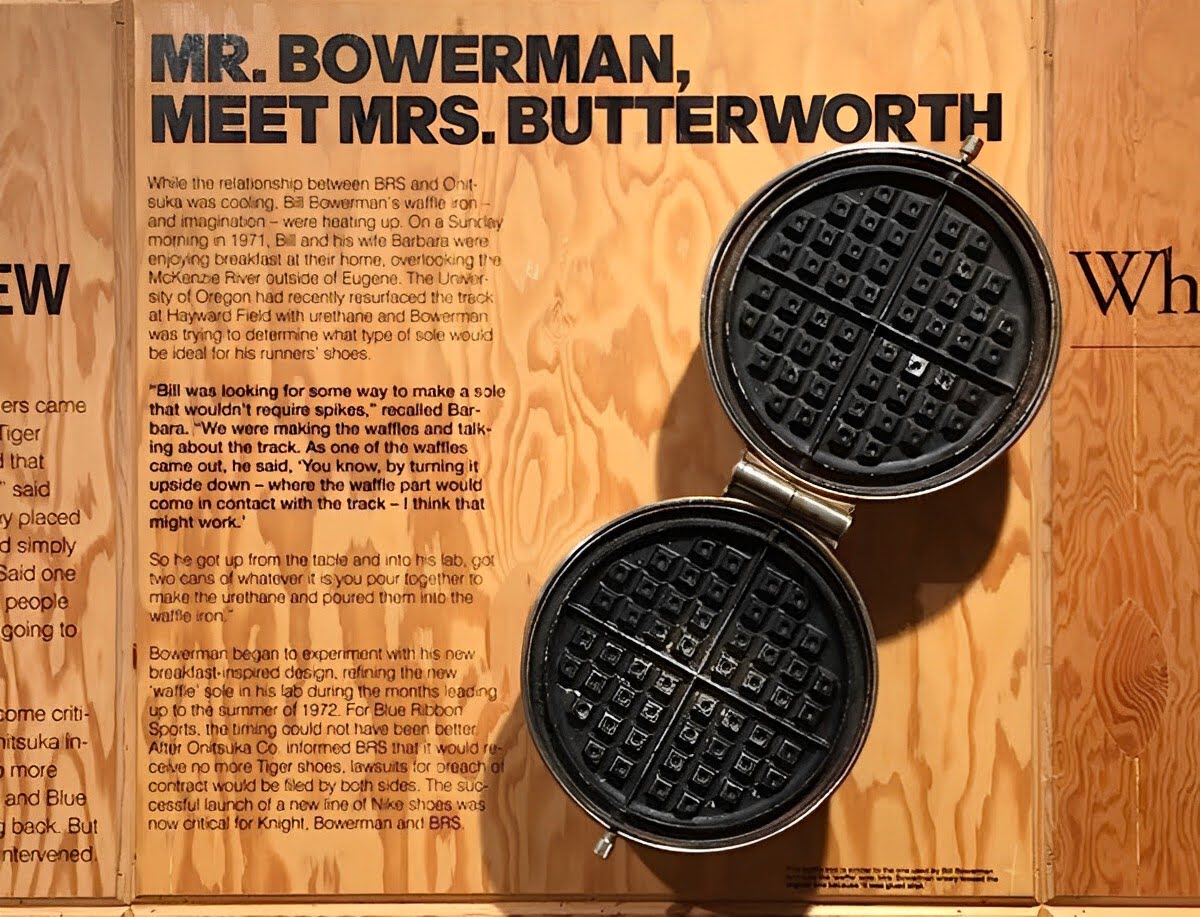

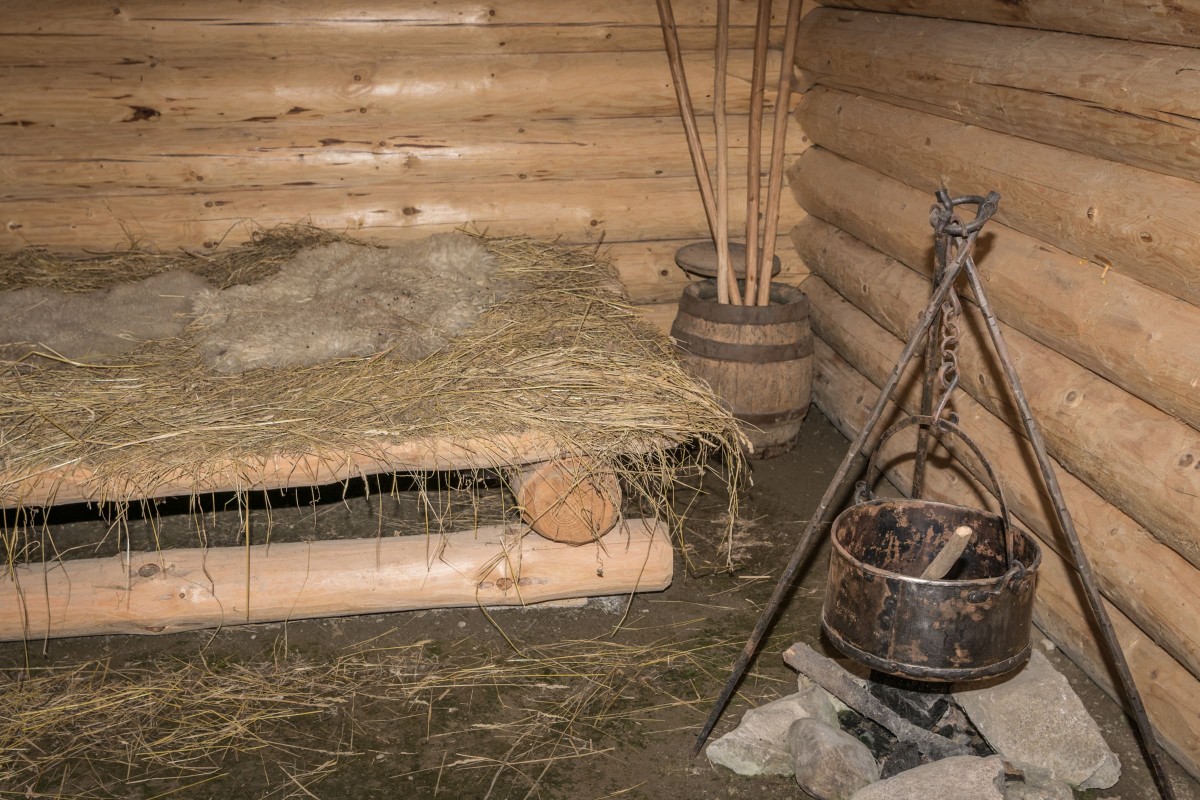
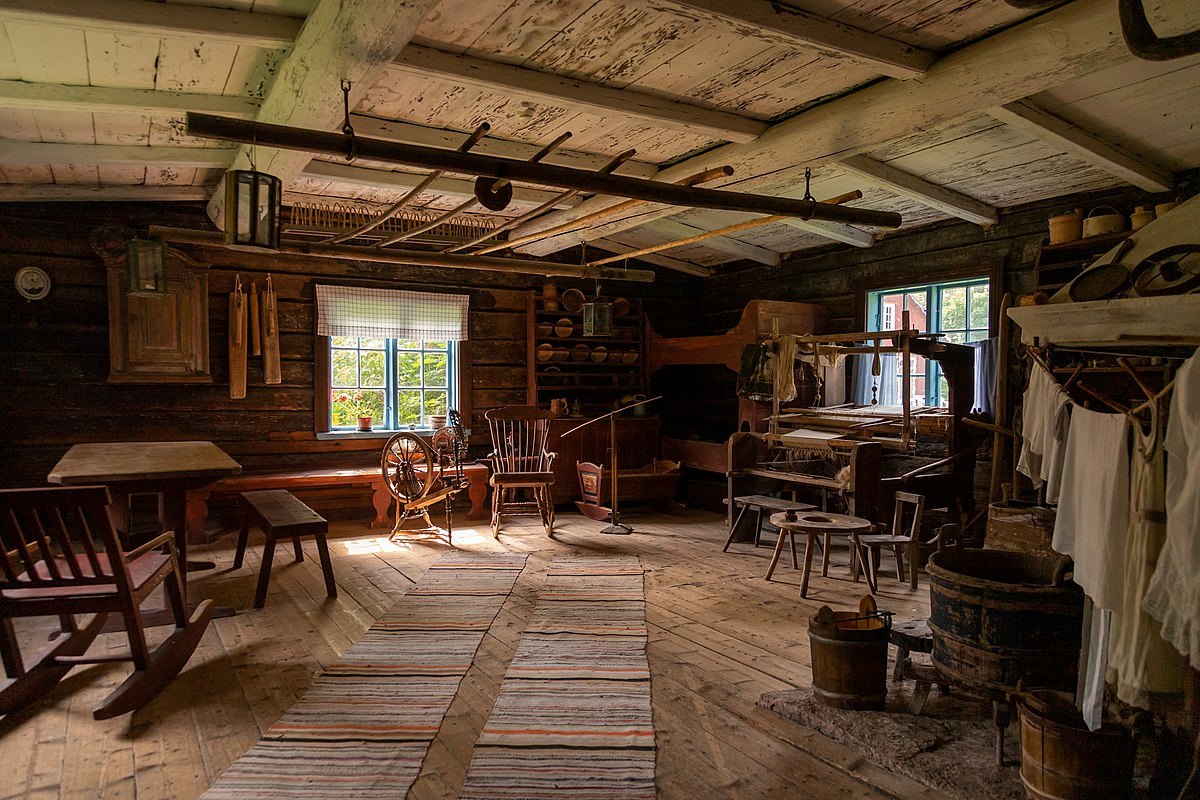

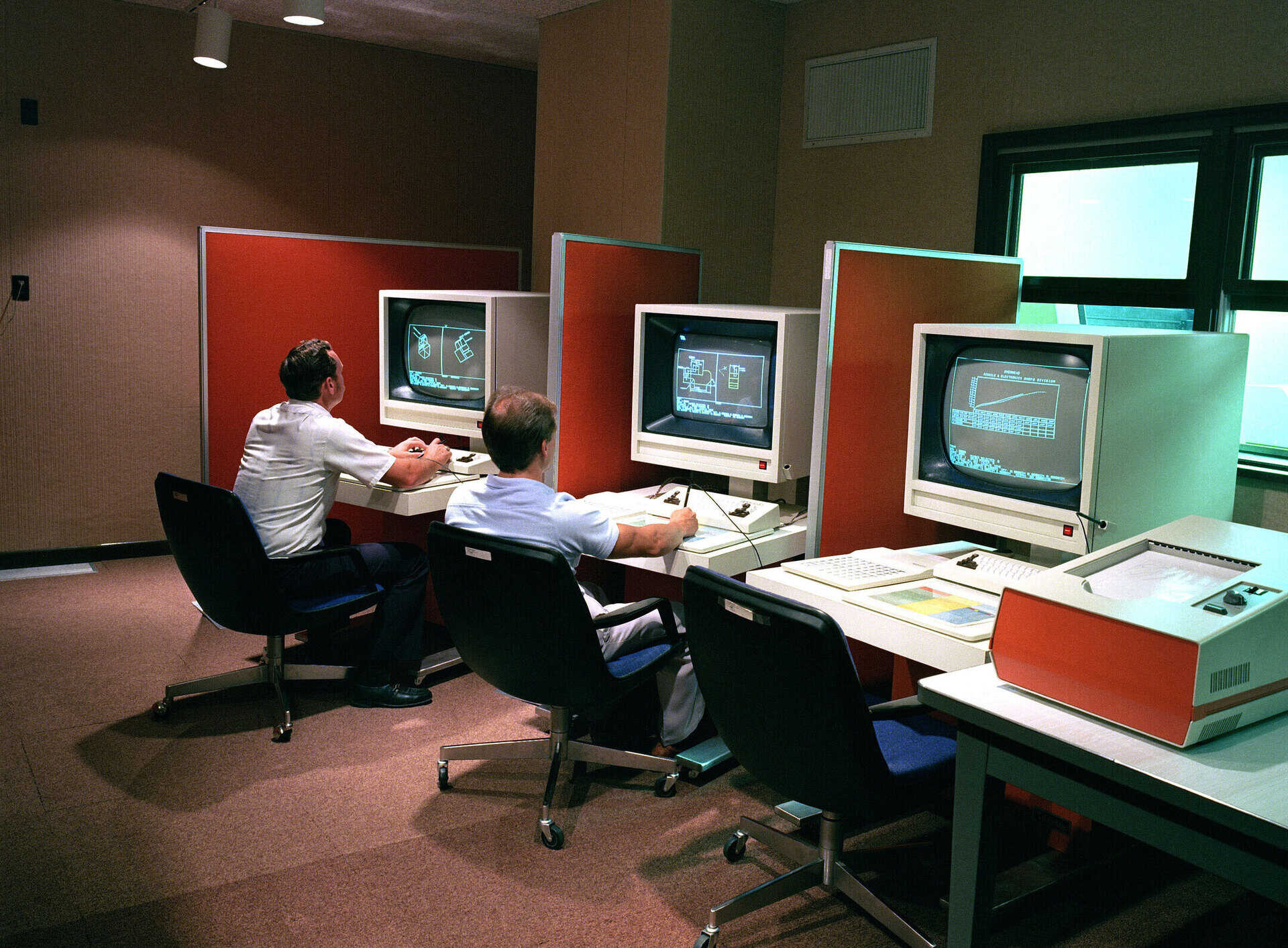
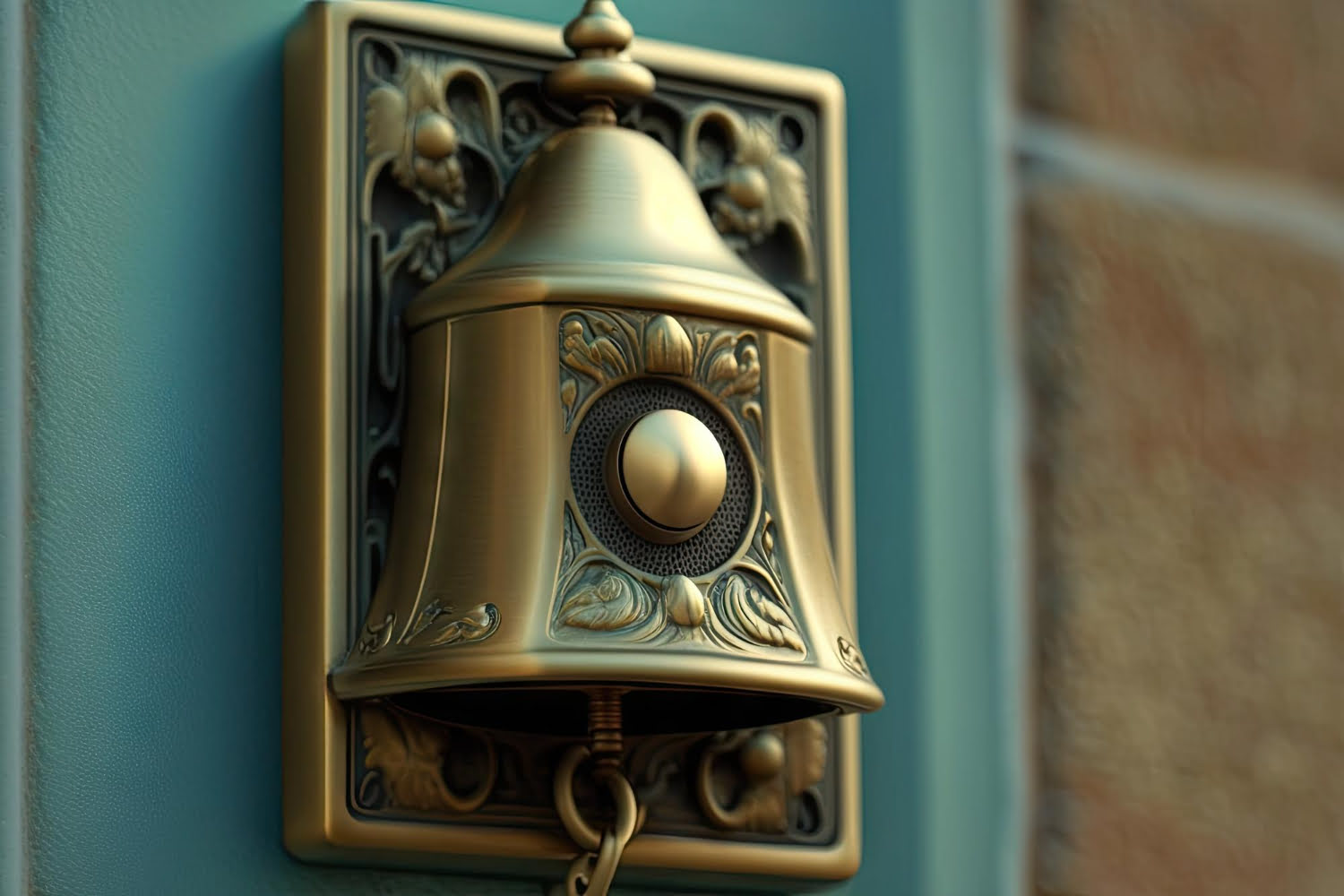

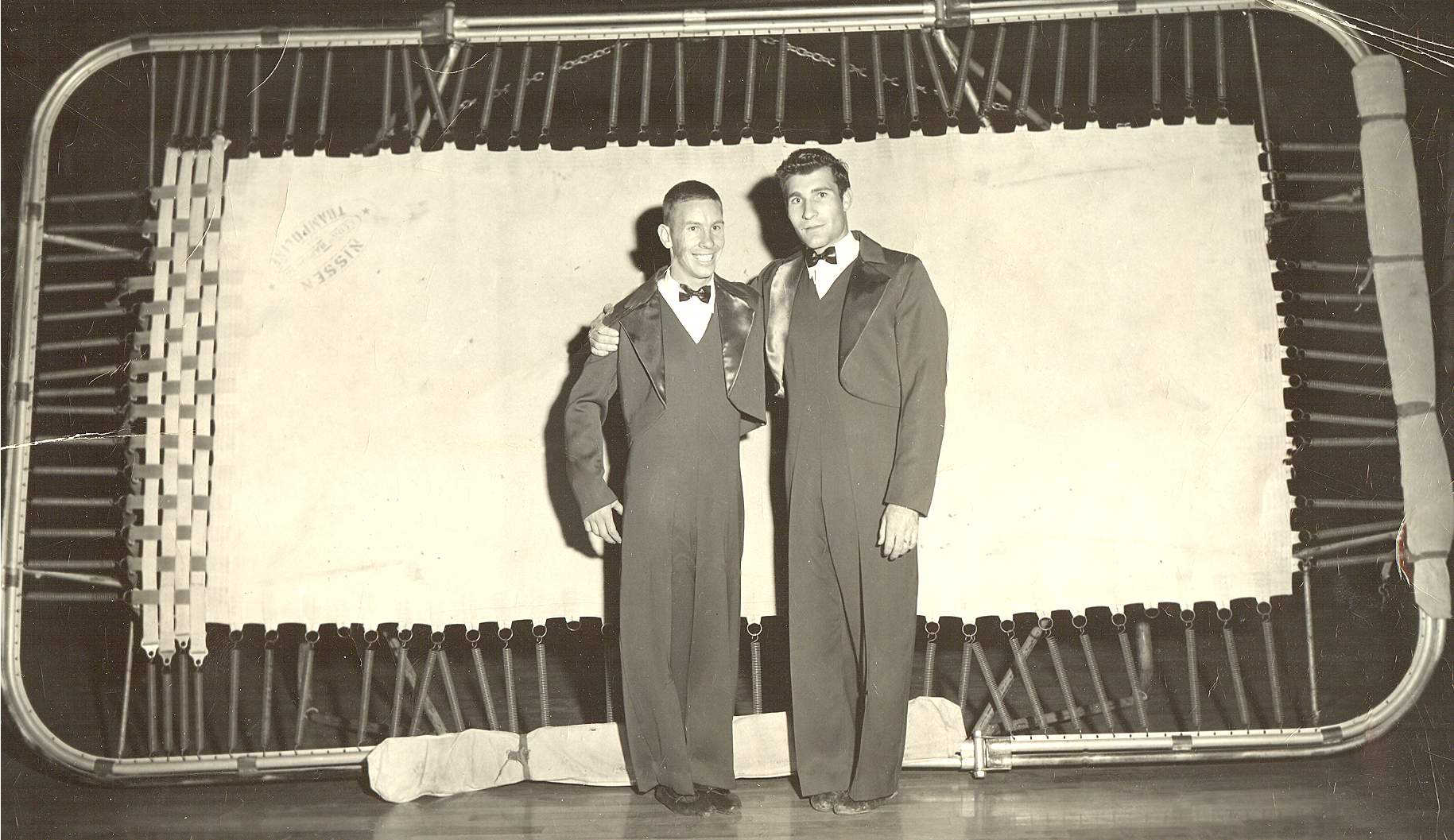
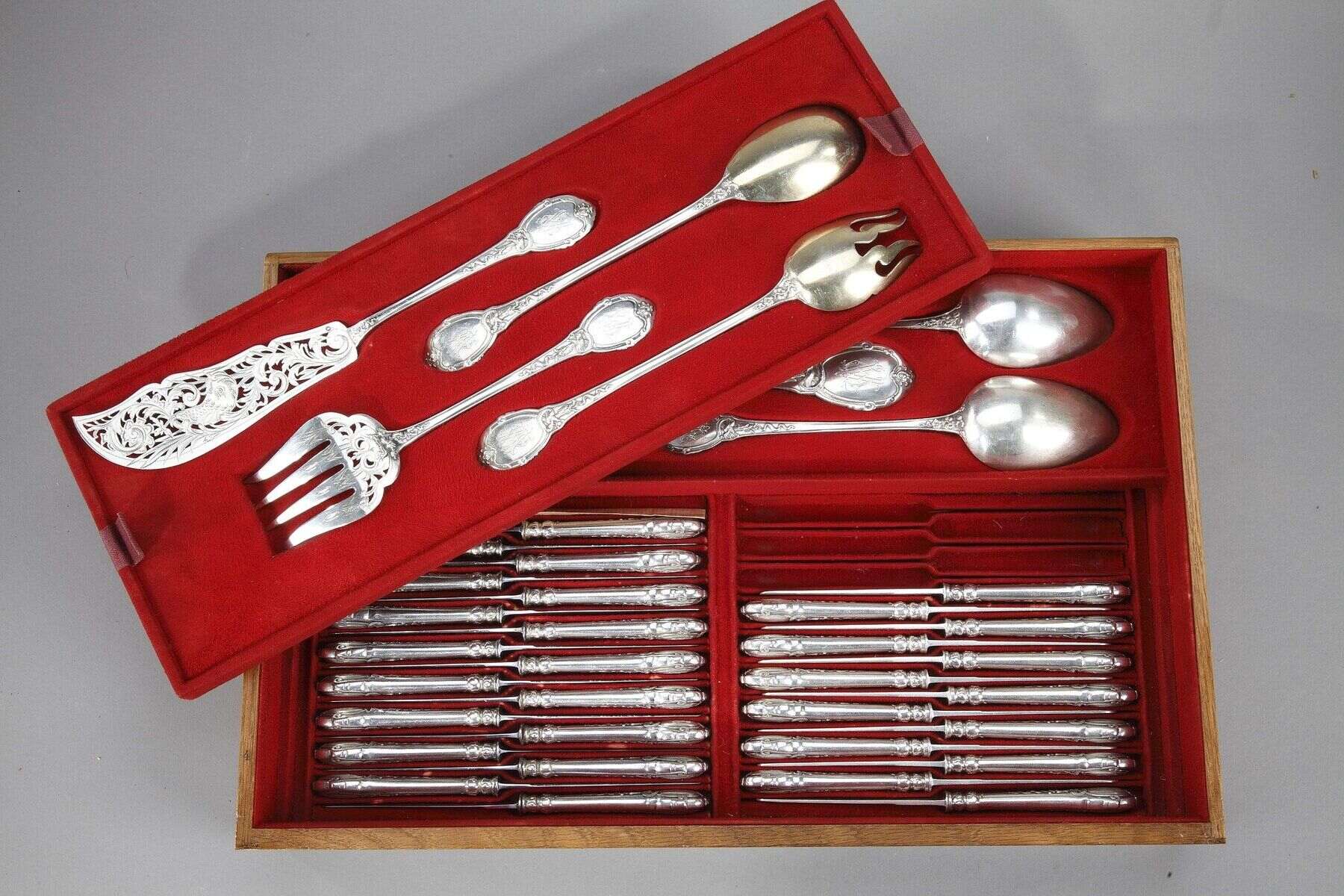

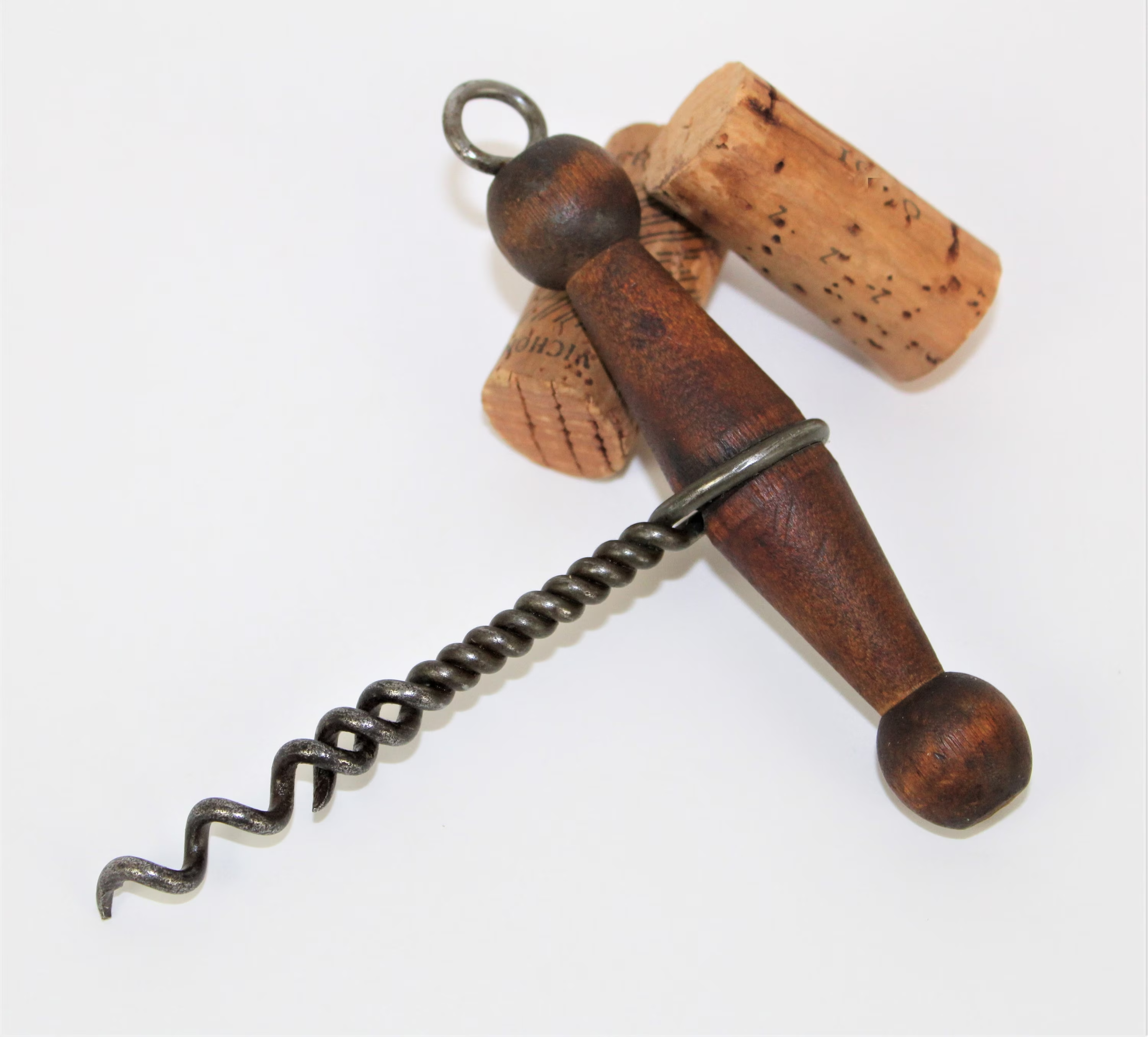
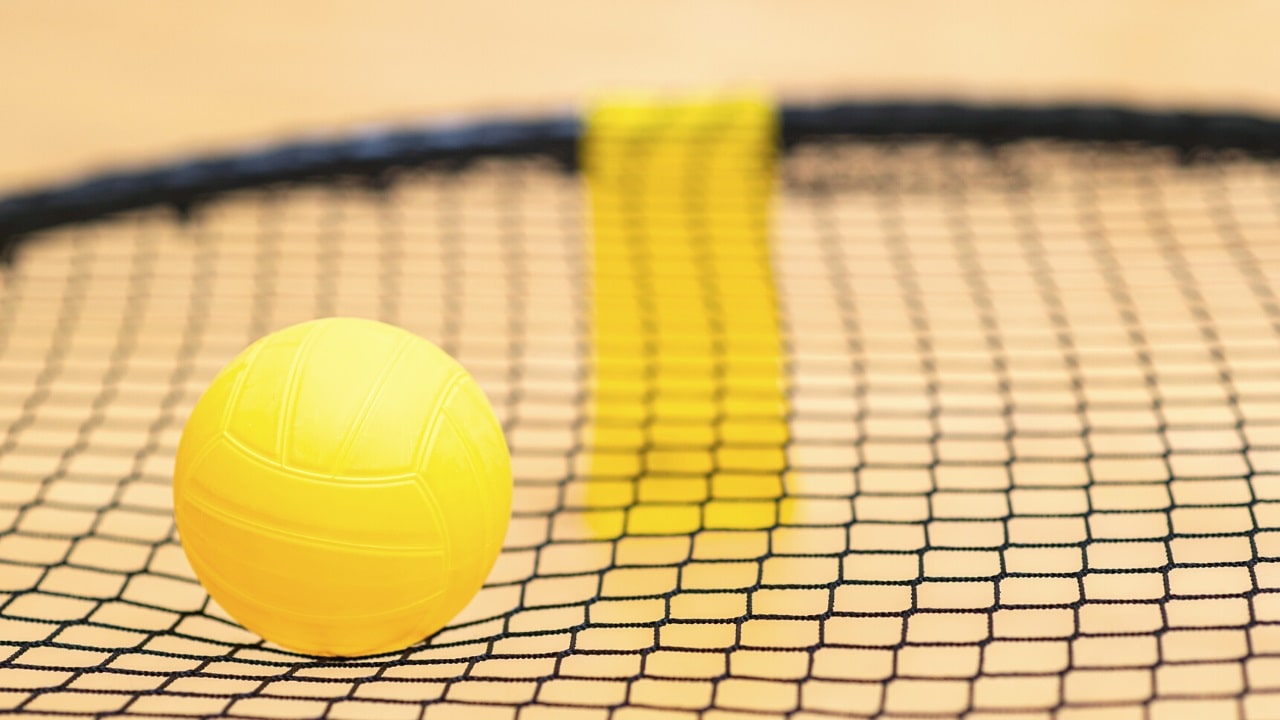
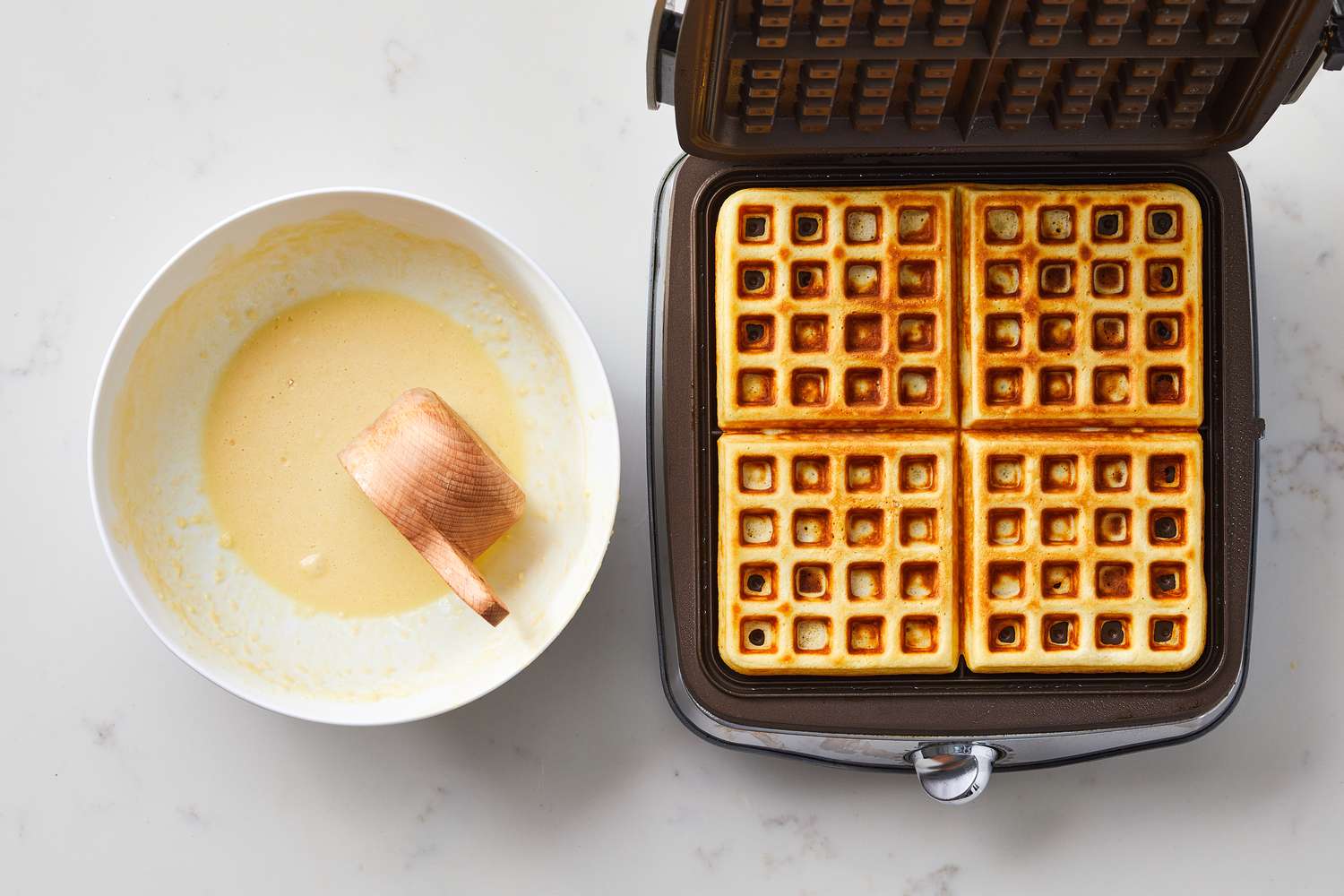

0 thoughts on “Who Invented The Waffle Iron?”